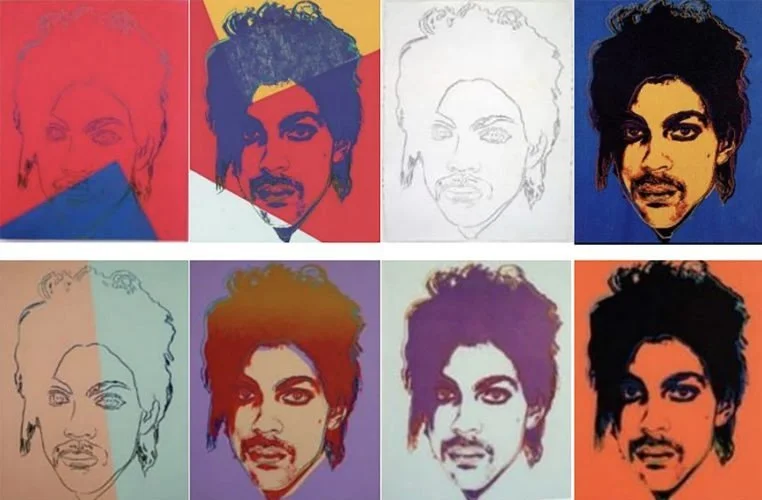On October 12th, 2022, the Supreme Court heard arguments for Andy Warhol Foundation for the Visual Arts, Inc. v. Goldsmith (“Warhol”). [1] This highly-anticipated case regarding copyright law involves two great artists of the last century, visual artist Andy Warhol and award-winning photographer Lynn Goldsmith. At issue is a dispute over Warhol’s “Prince Series” collection, based on a photograph of the musician Prince Rogers Nelson taken by Goldsmith. [2] Centered on the subject of visual arts and the underlying issue of whether Warhol fairly used Goldsmith’s photograph, this case reflects a crucial opportunity for the Court to clarify copyright protections.
Read MoreOver the past year and a half, COVID-19 has ravaged the planet. However, in the past few months, while the developed world, spurred by high-efficacy vaccines, has enjoyed relative normalcy, the developing world has suffered the worst of the pandemic. This disparity has sparked debate around whether the World Trade Organization (WTO) should grant an Intellectual Property (IP) waiver for technology related to COVID-19 vaccine production. This waiver would protect national governments that issue a compulsory license—the right to produce a patented product—to its companies for the vaccine from legal action by other members. The resulting increase in producers would theoretically fuel a decrease in vaccine prices, making vaccines available to poorer nations.
Read MoreWhat happens when a global emergency confronts intellectual property law? Medical companies obtain patents for innovative technology, which gives these companies legal ground for a lawsuit should another company produce the same good. But in a time of crisis, as we see now with the coronavirus pandemic, there is a need to produce essential equipment on a scale so massive and immediate that it necessitates removing a patent’s protections.
Read MoreWhile most recent advancements in copyright law focus on mainstream technological or media-based infringements, intellectual property scholars were dealt a landmark decision in a more unconventional facet of the law: fashion. Star Athletica, LLC v. Varsity Brands, Inc (2017) [1], decided after 8 months of deliberation in the U.S. Supreme Court, examined a lawsuit brought forth by Varsity Brands when Star Athletica began to produce cheerleading uniforms with chevrons, zigzags, and other aesthetic elements similar in design to those produced by Varsity Brands, but at a far lower price [2].
Read More



